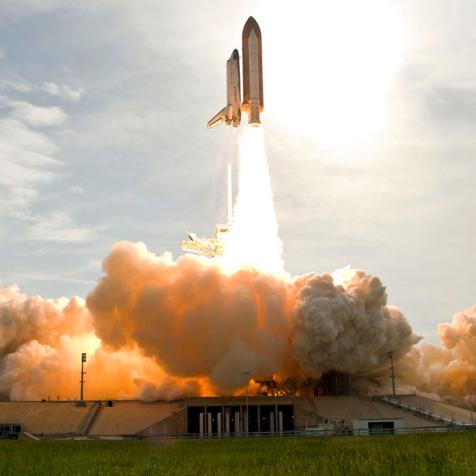
NASA, ESA, CSA, Jupiter ERS Team; image processing by Judy Schmidt.
Groundbreaking New Images of Jupiter Exceed NASA's Expectations
NASA’s James Webb Space Telescope captured new images of Jupiter revealing never-before-seen details of the planet.
The James Webb Space Telescope (JWST) has already released its first batch of images offering scientists an important look into the early universe.
Now the world’s largest and most powerful space telescope has released its first images of Jupiter. “It’s really remarkable that we can see details on Jupiter together with its rings, tiny satellites, and even galaxies in one image,” said planetary astronomer Imke de Pater.
The two images are from JWST’s Near-Infrared Camera which uses three specialized infrared filters to capture images in stunning detail. Since infrared light is invisible to the eye, the camera’s data had to be mapped onto the visible spectrum to produce images. NASA collaborated with citizen scientist Judy Schmidt to translate Webb’s information into visuals.
“We hadn’t really expected it to be this good, to be honest,” continued Pater.

NASA, ESA, CSA, Jupiter ERS Team; image processing by Ricardo Hueso (UPV/EHU) and Judy Schmidt.
Webb NIRCam composite image from two filters – F212N (orange) and F335M (cyan) – of Jupiter system, unlabeled (top) and labeled (bottom).
Jupiter is home to strong winds, massive storms, auroras, and extreme temperatures. Images of this quality can help scientists piece together details about the solar system’s largest planet.
In the second image, researchers observed The Great Red Spot, a storm so big it could swallow the entire earth, and the high-altitude cloud tops of condensed connective storms.
“This one image sums up the science of our Jupiter system program, which studies the dynamics and chemistry of Jupiter itself, its rings, and its satellite system,” said Thierry Fouchet, a professor at the Paris Observatory.
Jupiter isn’t Webb’s only subject. The space telescope is continuing its mission to solve the mysteries of our solar system and beyond.


















